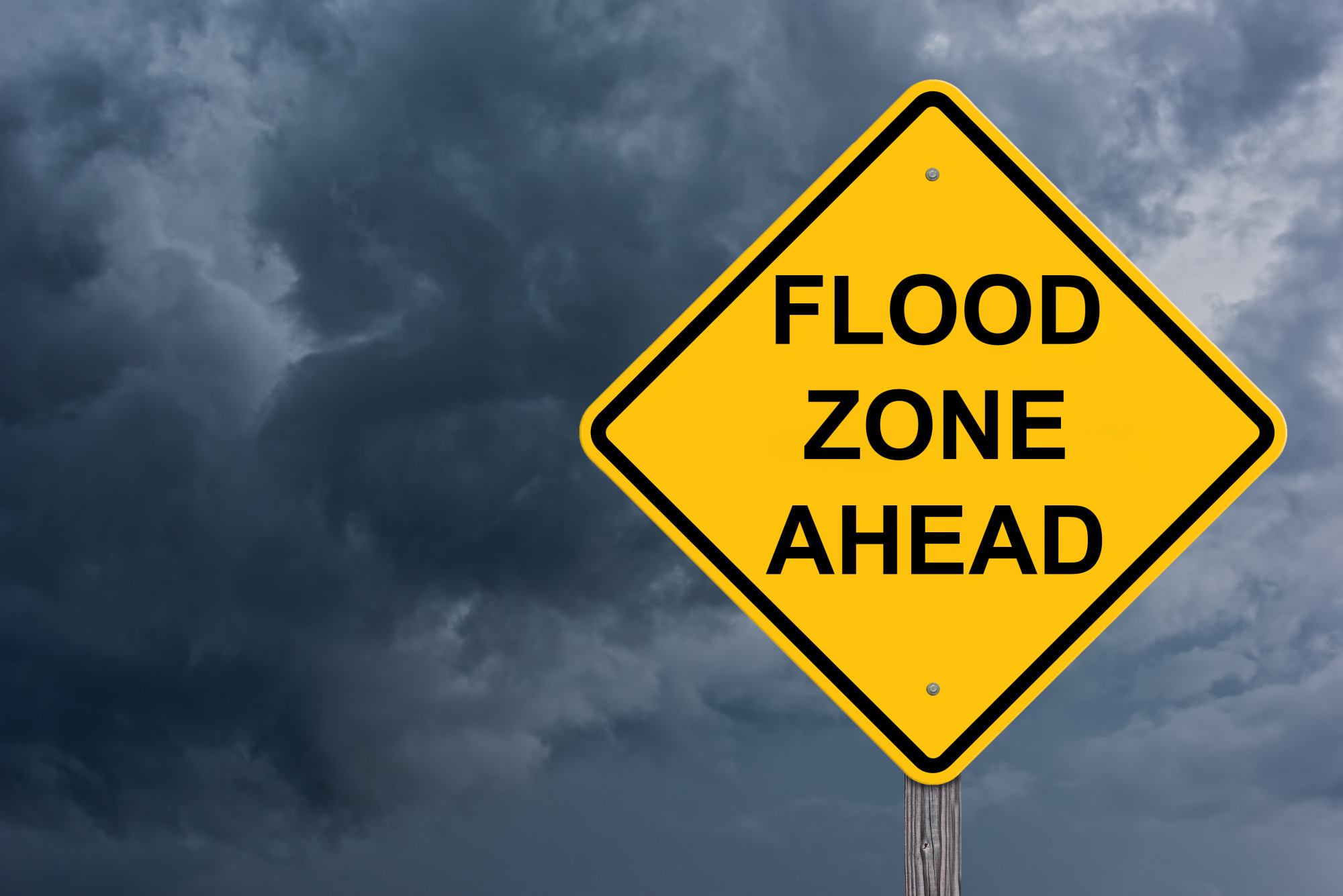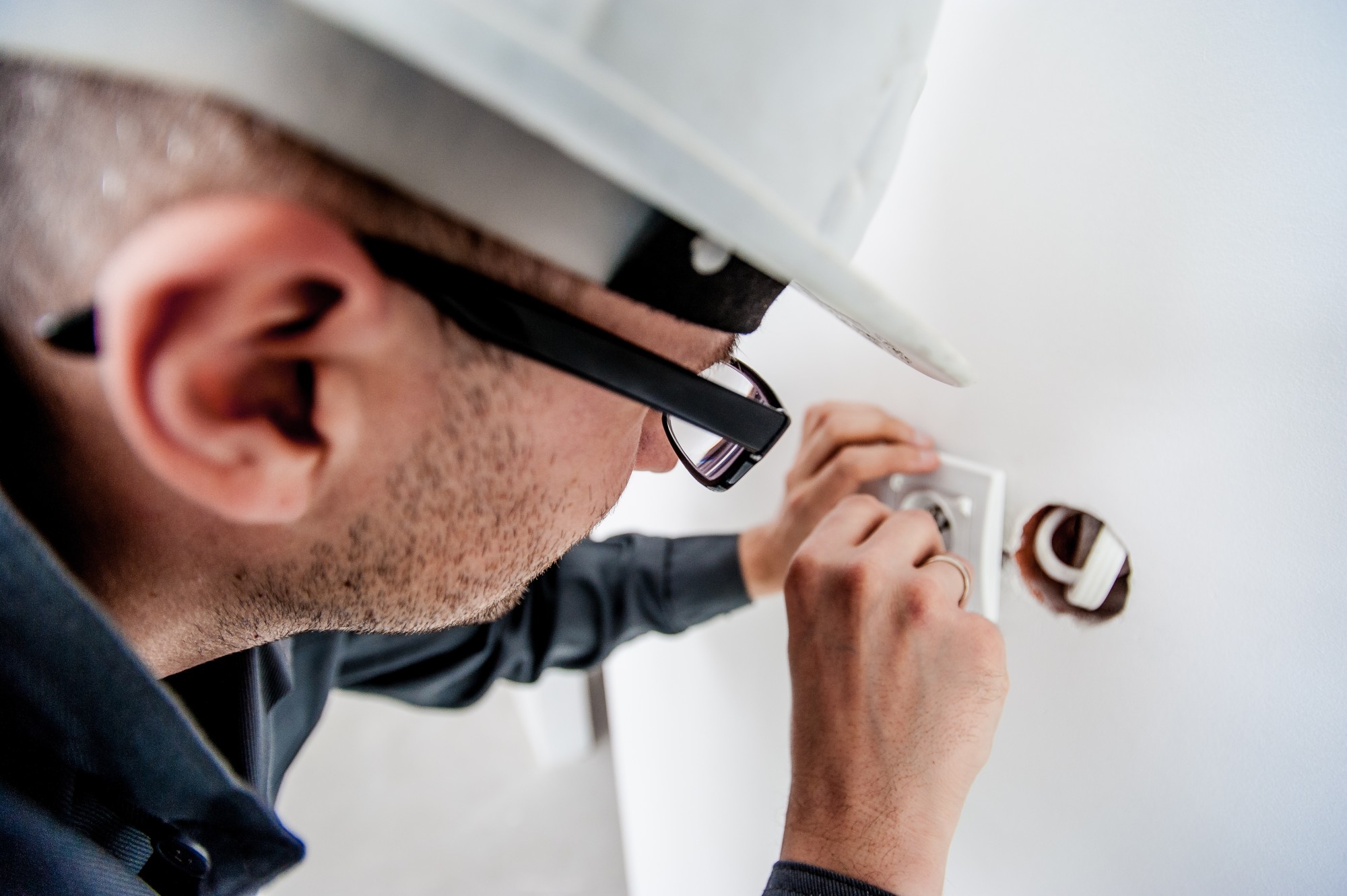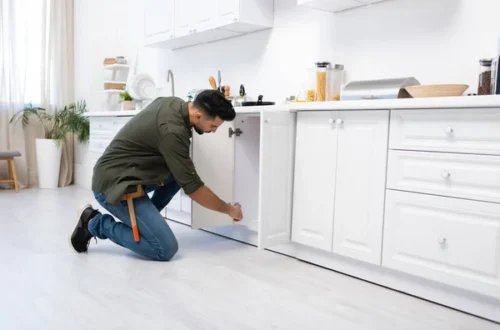The global flood barrier market is expected to grow from $1.02 billion in 2017 at a compound annual growth rate of 10.5% from 2017 to 2030. Has your home ever experienced flooding? If so, you know that the damage to your home’s structure and things can be daunting and damaging.
You’ll also likely confront massive quantities of clean-up, more than you can fathom, but that’s an issue you’ll have to deal with when you learn your home has been flooded. When that happens, you’ll need to act as possible. But how to prevent flooding in your home?
Preventing flooding is the best way to protect your home and your family from harm.
Continue reading to find out how to prevent flooding in your home.
Check Your Flood Hazard
Are you a homeowner who should be practicing flood prevention? If you live in a region with flood risk, consider floodproofing your house. It is simple to identify whether you are in an area with a moderate or high risk of flooding; check the Federal Emergency Management Agency’s (FEMA) flood zone map.
When you pull up your address, the map may be shaded a specific hue. (You may need to zoom in and out for the colors to load.) If your home is in an area darkened by any of the colors below, note the preparation required by FEMA for that zone.
Your location may be at risk of flood prevention steps or precautions that may help you get ready.
Evaluate Your Home’s Drainage
The grade around your home should slope away from your floor. Observe to validate that water moves away from your home and is not pooling in any areas within your property. A general contractor may provide tips for ways to fix problems with drainage.
Homeowners can install backwater valves to control flood water from backing into their homes. Remember any rain or flood water that gets near your home. Pay alert to areas near the foundation.
The ground should slope away from the floor of your home or business. You may need to bring in dirt and sod to enhance the grading. You may need to install drainage where water accumulates to prevent flooding.
Drains should be inspected and upgraded. If your home’s gutters do not have one-way (backflow prevention) valves, get them installed by a qualified plumber. When there is a sewer backup, the one-way valves keep the backup from entering your home.
You can check out the common signs of water damage at Restoration Quick Stop Services.
Consider Dry Proofing Your House
If flood waters cannot enter your property, your house may experience less harm, especially on the inside. Dry proofing — often called dry floodproofing. The EU’s Resilience-Increasing Strategies for Coasts (RISC) promotes these practices: first, adding flood barriers to your home entrances; second, raising the edges of your doors; third, improving the sealing around your doors and windows.
Install Water Sensors or Flood Discovery Frameworks
Water detection systems, sensors, and alarms are known to notify you of water leaks in your home. It can be connected to more complex water or leak detection systems before it becomes a disaster.
Test Your Sump Pump and Consider a Battery Backup
Test your sump pump. Be sure it can remove water at pace during heavy rains. Consider installing a battery backup or UPS, so if the power goes out, your sump pump will resume operating until the power is fixed.
You can also buy sump pumps with a battery backup incorporated into the system.
Clean Out Ditches and Drains of Debris Regularly
Leaves, mulch, and other debris shouldn’t be piled up in your yard because they could get into the sewage drains or get in the way of drainage. If you live in a space with loads of trees, rake your yard, sack the leaves, and set them up for grabs at the control. Use a rake to clear any obstruction that can be seen by using a nearby storm drain.
For more severe blockages, contact the water or sewer department of your city, county, or town.
Clean and Inspect Downspouts and Gutters
If there are a lot of trees nearby, you should check and clean the downspouts and gutters at least once a year. Use gloves or a leaf blower to clean the gutters and a flexible water hose with a high-pressure attachment to clean the downspouts. It can also be handled by hiring an expert in landscaping or lawn care.
Make Sure Your Basement Windows Are Sealed
Ensure the basement or low windows are caulked and sealed to increase their resistance to water. It has a superior seal, which can lessen the chance of water entering your home. New windows can likewise assist with energy efficiency.
Look for Any Gaps or Cracks in the Foundation and Patch Them
Cover doors, windows, utility, and exhaust penetrations with monthly home protection. Assess your foundation and cover foundation cracks using masonry or mortar caulk.
Install Flood Skirts and Barriers, and Stock Up on Sandbags
Consider installing flood skirts or barriers around windows, doors, and air bricks. These will help to floodproof your home and keep water out. Sandbags help keep moisture from coming through doorways or low windows if flood levels are rising and water is nearing your property.
If you live in a flood-prone area, keep sandbags on hand in case of an emergency. Sandbags are a cost-effective and preventative measure to protect your home from flooding. Start by identifying flood-prone areas around your home, which may include low-lying or weak points in the foundation.
Inspect your yard and the surrounding terrain to determine how your home may be at risk. Place the sandbags around the perimeter of your home, ensuring that they are securely in place. Also, run drainage away from your home.
It will help carry moisture away before it has a chance to accumulate. The combination of sandbags and trenches will help keep your home safe during heavy rainfall.
Make the Most of the Advice On How to Prevent Flooding in Your Home
Preventing floods in your house is possible if you take the proper steps. Ensure your drainage is clear, construct rainwater buffers, and check your roof often to prevent flood zone. It’s also vital to be proactive and talk to specialists for help when needed.
Take action now and learn how to prevent flooding in your home. Embrace these procedures to keep your property safe and sound!
Did you find this article helpful? Check out the rest of our blog for more!






